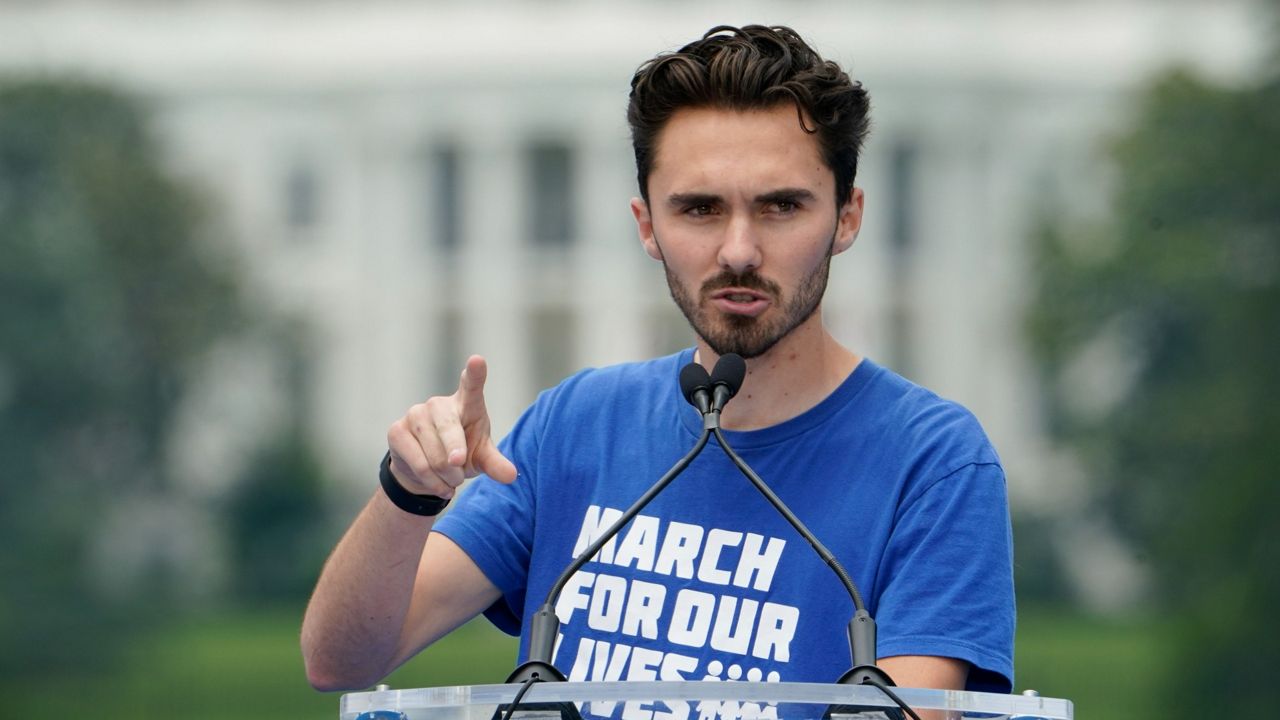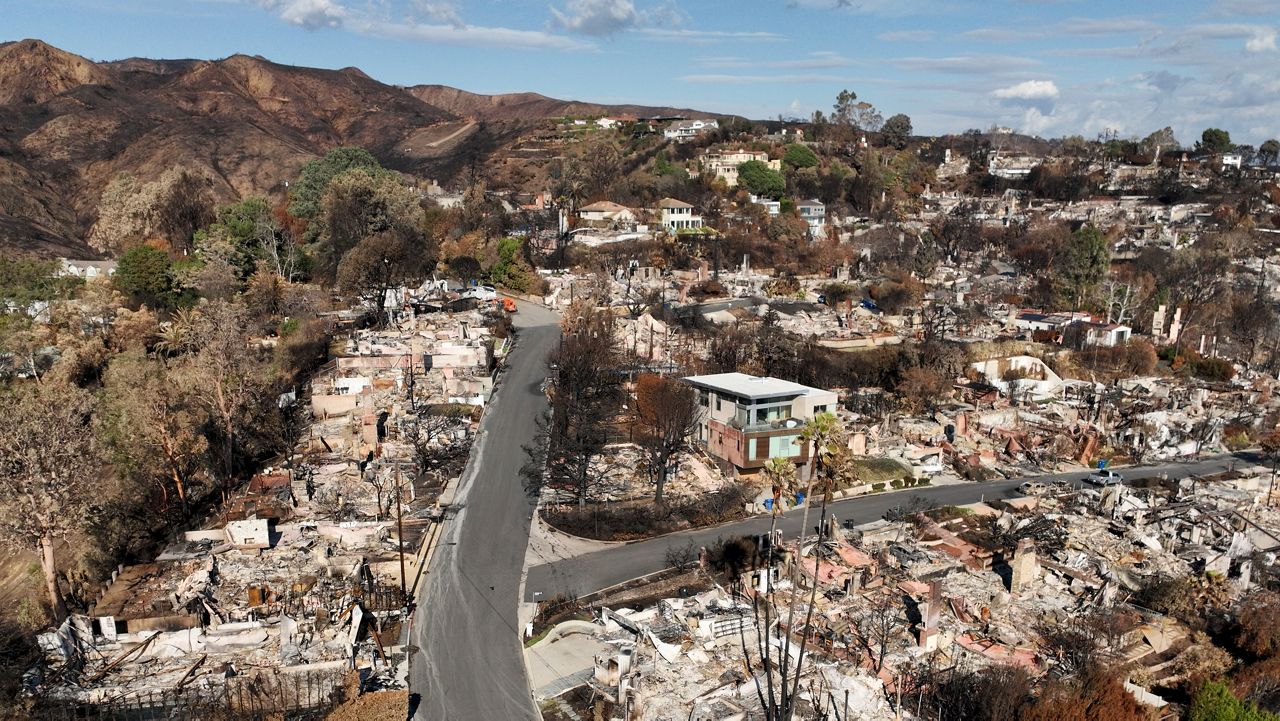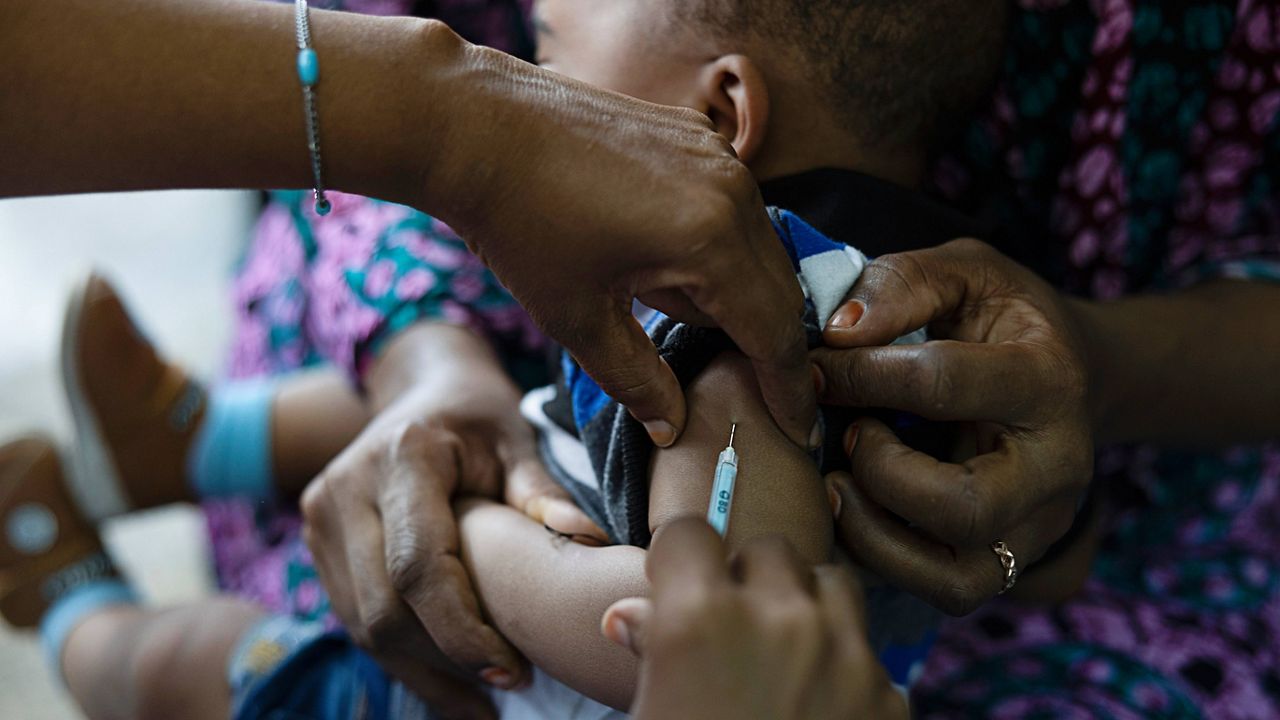The House of Representatives on Tuesday voted 272-162 in favor of a stopgap resolution to keep the government running through March 11 in the hopes of averting a government shutdown.
On Wednesday, the House and Senate appropriations chairs announced that they reached a bipartisan, bicameral agreement on a framework to fund the government through the rest of the year.
"I am pleased that we have reached agreement on a framework, which will allow our subcommittees to get to work finalizing an omnibus," House Appropriations Committee Chair Rosa DeLauro, D-Conn., said in a statement. "We will now proceed with great intensity to enact legislation making transformative investments to create good-paying American jobs, grow opportunity for the middle class, support the vulnerable who work hard, and protect our national security."
"With this agreement we will be able to invest in our communities and provide increases for health care, education, our national security, and invest in the middle class, among other priorities," said Sen. Patrick Leahy, who chairs the Senate Appropriations Committee.
"I believe we reached a strong, bipartisan agreement that will allow us to make significant investments in the American people and our communities," he added. "I look forward to crafting a bill that will receive strong support in both Chambers in the coming weeks."
The House and Senate Appropriations Committees will now hammer out the details of the agreement ahead of March 11, the new government funding deadline.
The proposal is the latest in a series of short-term extensions of government funding, the most recent of which was passed in December of last year to fund the government through mid-February.
The resolution now heads to the Senate, and Majority Leader Chuck Schumer pledged to vote on the resolution before a previous round of funding expires on Feb. 18.
"While negotiations on a full-year funding agreement continue, we will in the meantime avoid a pointless and costly government shutdown," Schumer said Tuesday. "This CR provides a little more time to reach a deal for a spending package. It is the responsible and prudent path forward that eliminates the risk of a shutdown."
The resolution, which passed the House with bipartisan support, is likely to pass the Senate as well; Senate Minority Leader Sen. Mitch McConnell on Tuesday said it is "an obvious, commonsense step" to vote yes on the provision. Only then can it be sent to President Joe Biden's desk for signature.
Still, lawmakers on both sides of the aisle are still holding out hope that they can come to an agreement on a larger spending bill.
Alabama Republican Sen. Richard Shelby reportedly told The Hill on Tuesday that lawmakers were “close" to a deal, although acknowledged an agreement had not yet been reached.
"There’s still time," Senate Appropriations Chairman Patrick Leahy, D-Vt. said last week. "We’re still talking."
"We still have a likelihood of getting the final bill done," said Sen. Roy Blunt, R-Mo., one of the top Republicans on the appropriations committee, urging lawmakers to "to keep [the stopgap funding measure] as short as you can."
Among other things, the bill would provide $350 million to address an ongoing water contamination crisis near Joint Base Pearl Harbor-Hickam in Hawaii. The proposed bill would also help pay for the growing costs associated with a fuel leak that tainted the water supply of roughly 90,000 people stationed or living near Joint Base Pearl Harbor-Hickam, including military families.
The fuel leak, which has been linked to the Navy’s Red Hill Underground Fuel Storage Facility, has forced families to relocate to hotels and seek medical treatment after ingesting and using the tainted water. After the spill in late November, testing by the Honolulu Board of Water Supply found levels of gasoline and diesel-range hydrocarbons as much as 350 times higher than state-approved levels in the drinking water from the well, which is operated by the Navy.
Last week, the Deputy Defense Secretary Kathleen Hicks said that the Pentagon was appealing a state-issued emergency order that the Navy develop “a workplan and implementation schedule for defueling the Red Hill Underground Fuel Storage facility.”
The news infuriated members of Hawaii’s congressional delegation who have said that they support defueling the storage facility.
“This bill funds defueling, and it establishes Congress’s position on Red Hill: the DoD must defuel and follow the state’s order immediately,” said Hawaii Sen. Brian Schatz. “We still have more work to do, but we are making good progress to protect our water and get this right.”
Sen. Schatz said that $100 million of the $350 million being set aside to address the water contamination would be new federal funding to cover the cost of defueling the Red Hill Bulk Fuel Storage Facility and direct the Department of Defense to comply with the State of Hawaii’d emergency public health order. The other $250 million would be for the Navy, Marine Corps, Army, and Air Force to cover expenses related to drinking water contamination.
During a House Armed Services Subcommittee hearing on the situation in January, Navy officials said that cleanup and recovery effort had already cost upwards of $250 million. Navy officials admitted blame for the contamination and said that their investigation of the leak found that it was the result of “operator error”.
Several other minor provisions were set out in the funding bill but none included the kind of investments being made toward addressing the water crisis in Hawaii.








